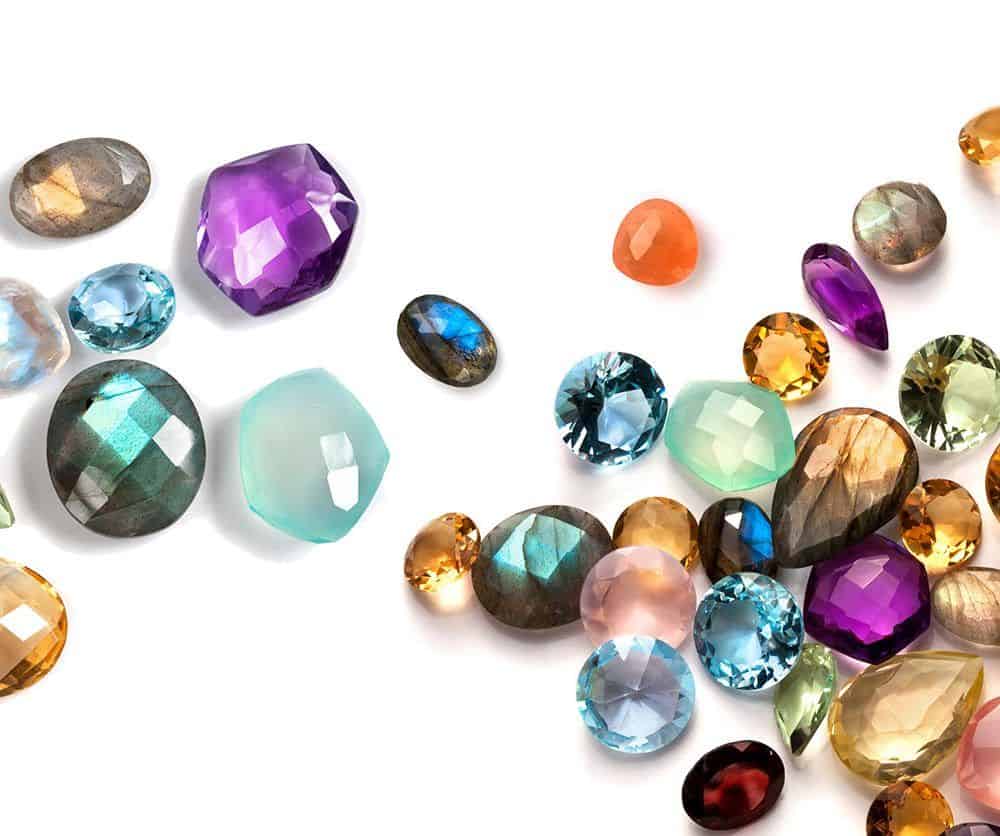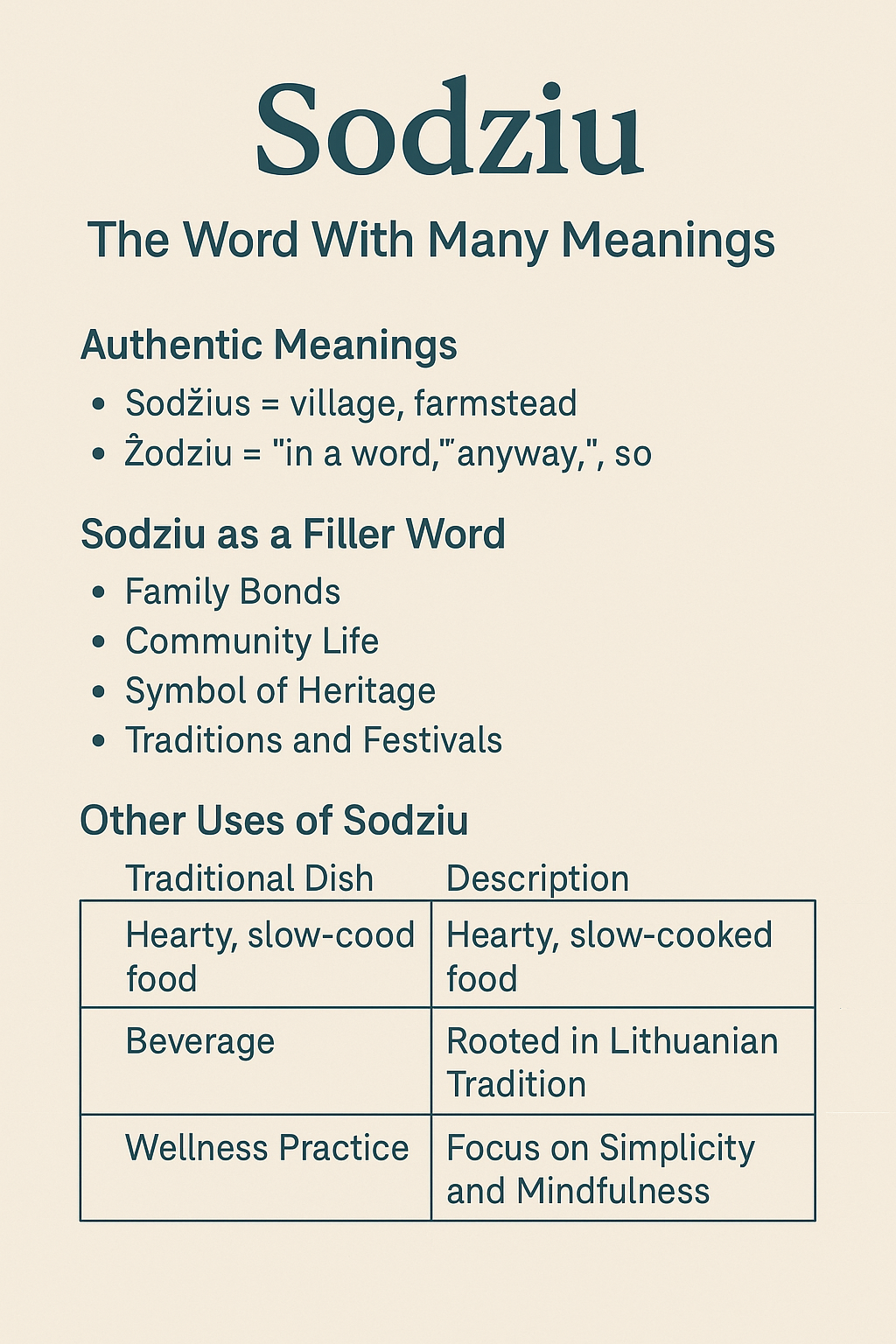Business
Precious Gemstones, Diamonds and Pearls
Published
7 years agoon
By
Farhan Malik
Chamal Gems’ Managing Director Chamal Perera, talks about gemstones, diamonds and pearls of the precious nature. Before buying precious stones, diamonds or pearls, it is a good idea to educate yourself on the subject in order to recognize the differences that could affect the value of your purchase. For example, some factors that can affect the value of gemstones are their size, whether they are natural or created in the laboratory, and whether they were subjected to any treatment to improve their appearance.
- Precious gemstones
- Diamonds
- Pearls
Precious Gemstones
There are three primary types of stone products:
The natural precious stones that are created by nature and can be rare and expensive.
- The stones created in laboratory – also called synthetic, laboratory – grown or manufactured – possessing the same as natural gemstones chemical, physical and visual, but are not as rare as and usually less expensive than natural stones similar characteristics.
- The imitation stones having a similar to that of natural stone appearance, but can be made of glass, plastic or another, cheaper material.
Laboratory-created and imitation stones must be clearly identified as such.
Size
Gemstones can be priced according to their weight, size, or based on both factors. The basic unit of weight for gemstones is the Carate, which is equal to 1/5 of a gram. The carats are divided into 100 units; each of these units is called a point. For example, a medium-Carate gemstone could weigh .50 carats or 50 points. When gemstones are measured according to their dimensions, the size of the stone is usually expressed in millimeters (for example, 7 x 5 millimeters).
Treatments and enhancements
Treatments or enhancements refer to the way in which some stones are treated to improve their appearance or durability, or even their color. The effects of some treatments may lessen or change over time, and there are some treated stones that require special care. Some enhancement treatments affect the value of a stone relative to a comparable stone without treatment.
A jeweler should inform you if the stone you are interested in has been treated:
- If the treatment is not permanent.
- If the treated stone requires any special care.
- If the treatment significantly affects the value of the stone.
Here are some common treatments and their effects:
- Heat treatment can lighten, darken, or change the color of some gemstones, or improve the clarity of the stone.
- Irradiation treatment can add color to colored diamonds, certain gemstones, and pearls.
- The impregnation treatment consists of applying colorless oils, waxes or resins and is used to hide a variety of imperfections and to improve the clarity and appearance of the stones.
- Fracture filler treatment is used to hide gemstone cracks and involves applying an injection of colorless glass or plastic to enhance the gemstone’s appearance and durability.
- Diffusion treatment involves adding color to the surface of colorless gemstones; the center of the stone remains colorless.
- Dyeing treatment is used to add color and improve the color uniformity of some gemstones and pearls.
- The bleaching treatment is used to lighten and bleach some gemstones, including jade and pearls.
Diamonds
The value of a diamond is based on four criteria:
- The color of a diamond is usually graded on a scale established by the Gemological Institute of America (GIA). The GIA color scale classifies colors in a range from D to Z, the letter D corresponds to the highest gradation.
- The cut refers to the quality of the diamond cut, and the proportions, polishing and symmetry of the diamond are taken into account.
- The clarity or clarity of a diamond refers to the natural imperfections of the diamond. The GIA scales classify clarity in a range from “flawless” to 13. A diamond can be described as “flawless” only when an experienced diamond grader determines that it has no internal or surface imperfections by examining it with a 10x magnifying glass.
- The carat refers to the weight of the stone.
The weight of diamonds is generally expressed in carats and can be described in decimals or fractional parts of a Carate. If the weight is expressed in decimal parts of a Carate, the number must be adjusted to the last decimal. For example, a marking of .30 carats could represent a diamond weighing between .295 and .304 carats. Some dealers describe the weight of diamonds in fractions, using the fraction to represent a weight range. A diamond described as 1/2 Carate could weigh between .47 and .54 carats. When the weight of a diamond is expressed in terms of fractional parts of a Carate, the merchant should report two things:
- That the weight is not exact.
- The logical weight range of each fraction or the weight tolerance used.
Treatments
Different treatments can be applied to improve the appearance of some diamonds and precious stones. Because these treatments improve the clarity of the diamond, some jewelers call it clarity enhancement or clarity.
For example, fracture filler treatment hides diamond cracks with a filler from another substance. This filler may not be permanent, and if you are considering purchasing a diamond with a fracture filler treatment, the jeweler should inform you.
Laser treatment is used to improve the appearance of diamonds that have impurities or black spots. Treatment consists of aiming a laser beam at the site of the impurity; Then acid is injected through the thin tunnel made by the laser beam to remove the impurity. Laser treatment has a permanent effect, and generally laser treated stones do not require special care. Although a laser-treated, drilled diamond may look as beautiful as an untreated stone, it may not be as valuable. This is because stones of the same quality without treatment are rarer. If you are considering purchasing a laser treated diamond, the jeweler should inform you.
The rhinestones, such as cubic zirconium, have a look similar to that of diamonds but cost much less. Some laboratory-created stones, such as moissanite, are similar to diamonds, and instruments that were originally used to identify cubic zirconium may not detect them properly. Ask your jeweler if you have the necessary test equipment to distinguish diamonds from laboratory-created stones.
Pearls
Pearls can be natural, cultured or imitation.
- The natural pearls are produced by oysters and other mollusks.
- The cultured pearls or culture also come from molluscs but occur with the intervention of man: the process for creating cultured pearls is to introduce an irritant inside shells to induce a pearl cultivation.
- The imitation pearls are man – made with glass, plastic or organic materials.
Natural pearls are very rare; therefore most pearls used in jewelry are cultured or imitation. Cultured pearls are usually more expensive than imitation pearls. Generally, the value of a cultured pearl is based on its size, which is commonly expressed in millimeters, and the quality of its mother-of-pearl coating, which is what, gives it its characteristic luster. Jewelers must tell you if the pearls are cultured or imitation.
There are some natural pearls with shades of black, bronze, gold, purple, blue orange; others are tinted. Jewelers must tell you if the color of the pearls is natural or if they are dyed or irradiated.
You may like

Sodziu: The Word With Many Meanings

CinndyMovies: A Simple Guide to Features, Safety, and Why People Talk About It

EchostreamHub: A Simple Guide to the All-in-One Streaming and Media Platform

What You Need to Know About Police Brutality?

12 Sites to Watch Free Online TV Shows with Complete Episodes in 2024


